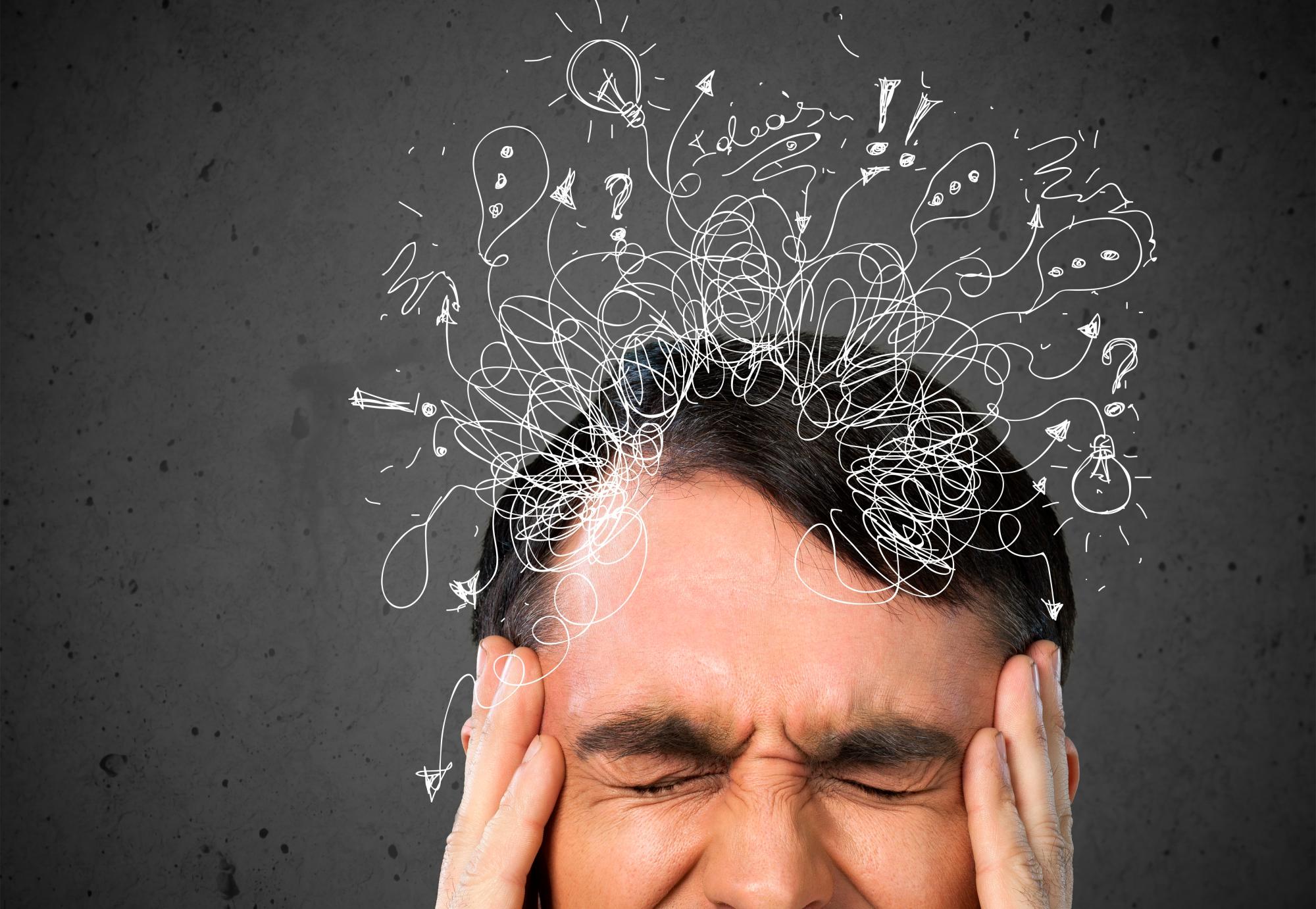
Português English Español
Part 1: Introduction and Historical Context of ADHD in Adults
Attention Deficit Hyperactivity Disorder (ADHD) is often associated with children and adolescents, but recent studies show that it also persists in adults. Historically, ADHD was considered a disorder exclusive to childhood; however, research from the last few decades has revealed that about 60% of individuals diagnosed in childhood retain symptoms into adulthood.
This revision in the understanding of ADHD, where symptoms begin before the age of seven and often extend into adult life, highlights the complexity and persistence of the disorder. The diagnosis in adults faces unique challenges, including the difficulty in recognizing and differentiating symptoms from other psychiatric conditions that may arise simultaneously or over the course of an individual’s life.
The complexity is increased by the fact that, in childhood, the diagnosis generally relies on behavioral observations by parents and teachers, while in adults, self-evaluation is often the main resource, which can introduce bias and variability in the descriptions of symptoms. This underscores a crucial need to adapt the diagnostic criteria used in children to be applicable and effective in adults, maintaining the consistency of clinical parameters of inattention, hyperactivity, and impulsivity, which are fundamental for both diagnosis and therapeutic intervention.
Part 2: Symptoms and Diagnosis of ADHD in Adults
The symptoms of ADHD in adults are often more subtle and subjective compared to those in children. These symptoms include problems with concentration, reduced short-term memory, organizational difficulties, lack of self-discipline, impulsivity, low self-esteem, internal restlessness, frustrations, and limited social skills. These characteristics can significantly impact the daily life of an adult, affecting their social relationships, work performance, and emotional stability.
The diagnosis of ADHD in adults does not rely on biomedical tests to confirm the condition, making self-assessment scales essential tools. Among the most used are the Adult Self-Assessment Scale (EAVA), the Copeland Symptom Checklist for Attention Deficit Disorders—Adult Version, the Brown Attention Deficit Disorder Scale, the Wender-Reimherr Adult Attention Deficit Disorder Scale, and the Conners’ Adult ADHD Rating Scale (CAARS). These scales help quantify the frequency and intensity of symptoms, providing significant diagnostic support.
Furthermore, it is crucial to start the diagnostic process with a detailed clinical history and a complete neurological evaluation. This includes reviewing the disorder’s childhood background, current signs and symptoms, and possible comorbidities. Assessing coexisting psychiatric conditions and ruling out other medical or neurological conditions is an integral part of the differential diagnosis, given the overlap with other disorders that can mask or complicate the ADHD picture.
A deep understanding of the symptoms and impact of ADHD in adults is crucial for overcoming diagnostic and therapeutic challenges, ensuring that adults with ADHD receive the recognition and support necessary to effectively manage their condition.
Part 3: Treatment and Management of ADHD in Adults
The treatment of ADHD in adults generally involves a multimodal approach that combines pharmacological and non-pharmacological interventions.
Pharmacological Interventions: Stimulant medications, such as methylphenidate and amphetamines, are often prescribed as the first line of treatment for ADHD in adults. They help improve attention, concentration, and impulse control. Additionally, non-stimulants, such as atomoxetine and guanfacine, may also be considered, especially in cases of intolerance or non-response to stimulants.
Psychosocial Therapies: Cognitive-behavioral therapy (CBT) is an effective approach in treating ADHD in adults, helping to develop organizational, planning, and problem-solving skills. Interpersonal therapy can also be beneficial for dealing with relational and emotional issues arising from ADHD.
Self-management Strategies: Developing self-management strategies is crucial for treatment success in adults with ADHD. This can include the use of calendars and reminders to aid in organization, time management techniques, and setting realistic goals.
Educational and Professional Support: It is important for adults with ADHD to receive appropriate educational and professional support. This can involve workplace adjustments, such as workload modifications, schedule flexibility, and training in social and communication skills.
Healthy Lifestyle: Maintaining a healthy lifestyle with a balanced diet, regular physical exercise, adequate sleep, and stress reduction techniques can complement medical treatment and improve ADHD symptoms.
The treatment of ADHD in adults is individualized and may require adjustments over time to meet each person’s specific needs. An integrated and collaborative approach between the patient, mental health professionals, and educators is essential to optimize outcomes and improve the quality of life for adults with ADHD.
